Good afternoon everyone for all of our friends who are at Blurtter and have been joining Blurtter for a long time, hopefully we are always healthy and can always carry out activities as usual. So on this occasion I want to write a little bit about JamidesCeleno | Photography | Macro hopefully later it can become a memory for myself, and for other friends who are already married, don't forget to also give directions and input if later in my writing there are still words- words that are not polite, therefore I apologize once again.
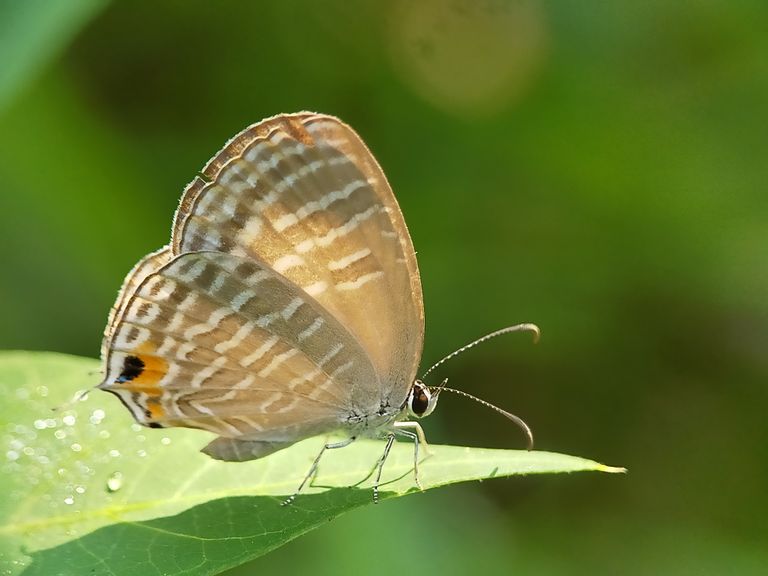
Jamides celeno, in general, are small butterflies found in nature in Indomalaya belonging to the lycaenids or blues family. This species was first described by Pieter Cramer in 1775. Upperside males have a base coloration of pale bluish-white. The forewings have a narrow-brimmed terminal margin of black that extends slightly towards the wing apex; cilia are brownish black. Hindwing uniformly coloured, except for an anteciliary black stripe which is faintly edged inside by a white line within and touching it is a row of black spots, anterior spot very faint, point between 2 large and well defined dots, two gemination points (paired) on the interspace 1 and a very small black moon spot in interspace 1a; cilia brown, white at the base on the sidelines. In specimens obtained at the height of the dry season, the black fringing to the tips of the forewings is much reduced and the series of subterminal black spots on the hindwings are completely lost. The underside is grayish brown. The forewing has seven transverse white bands as follows: two short bands one on each side of the discocellular, the deep one continues downward to vein 1 and both are represented on the costa by two separate points; two parallel disk bands, the inner one being broken and the outer ending in vein 3; two parallel subterminal bands, outermost slightly moon-shaped; finally, a more slender terminal band followed by an anteciliary slender black stripe; thin white dorsal edge; cilia are brownish-black, the base is white in between. hindwings: crossed by nine white bands or stripes as follows: three between wing base and cell apex, the posterior one between the butt 1 or in the vein 1 turns abruptly upward and terminates on the dorsum; the first band on the outside of the cell extends from vein 6 to vein 2, then curves upward at slit 1; the next extends directly from just below the costa to vein 4, so that it overlaps the previous band for a short distance; the next or postdiscal bands run between rib and vein 3, the two subterminal also between costa and vein 3 but the inside of the two bands extend downwards to interspace 1 and there is an upward curve towards the dorsum; the two subterminal bands are more or less moon-shaped; in between under vein 2 is a large subterminal black spot mottled with blue metallic scales and bounded inside by ochraceous orange; there is also between la and 1 two black dots on the inner edge by a short white line against an ocher background; finally, there is a complete terminal white stripe followed by a black anteciliary stripe and a short filamentous black white-tipped tail at the apex of vein 2; cilia as on the upper side.
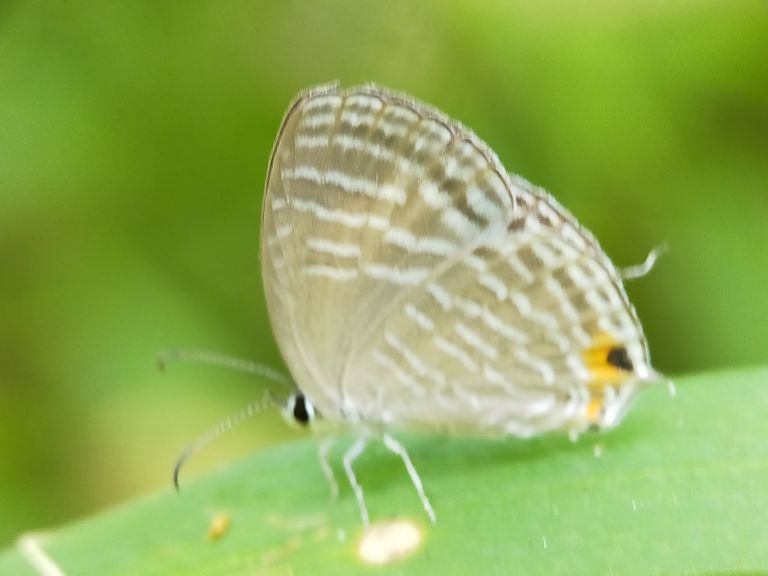
Closely resembles the males and females of the dry-season brood; the markings are similar but the ground color is generally darker both on the upper and undersides, while the black edging to the forewing and the black postdiscal and terminal markings to the hindwing on the upperside are broader and more clearly defined. Antennae, head, thorax and abdomen as in the dry-season brood. Pongam or honge (Pongamia pinnata) is one of the food plants for Jamides celeno"When full-fed just an inch in length, of a dull reddish-green color, thickly shagreened with minute white tubercles, scarcely, if at all, hairy; the head pale ochraceous, entirely hidden beneath the second segment; the segments increasing in width to about the fifth, the two anal segments decreasing slightly and above flattened, especially the thirteenth ; the erectile organs very small; a dorsal pulsating line, somewhat darker than the rest of the body; a subdorsal series of pale green oblique streaks, one on each segment on each side from the third to the eleventh segment inclusive; no other conspicuous markings . Dr. Forel has identified the ant that attends the larva in Calcutta, as Camponotus mitis, Smith. Dr. G. King identifies the plant on which the larva feeds in Calcutta as Heynea trijuga, Roxburgh." (de Nicéville quoted by Bingham)Other food plants noted include Atylosia albicans. The antennae are brownish-black, the trunk is white as usual; head, chest and belly are pale brown, bluish on the chest and base of the belly; below: palpi, thorax and abdomen white, third palpi joint and second joint anteriorly black. The female has a paler topsoil color than the male, often quite white; the black terminal creeping up the forewings is much wider, widest at the apex, the margins scattered there. Hindwing: differs from the male as follows: broad black-black costal margin; postdiscal transverse series of lunulae connected blackish-black often more or less worn; this is followed by a series of black spots each against a white background; anteciliary slender black stripe as in males. The undersoil is paler in color than the males, but the markings are identical. Antennae, head, thorax and abdomen as in males.
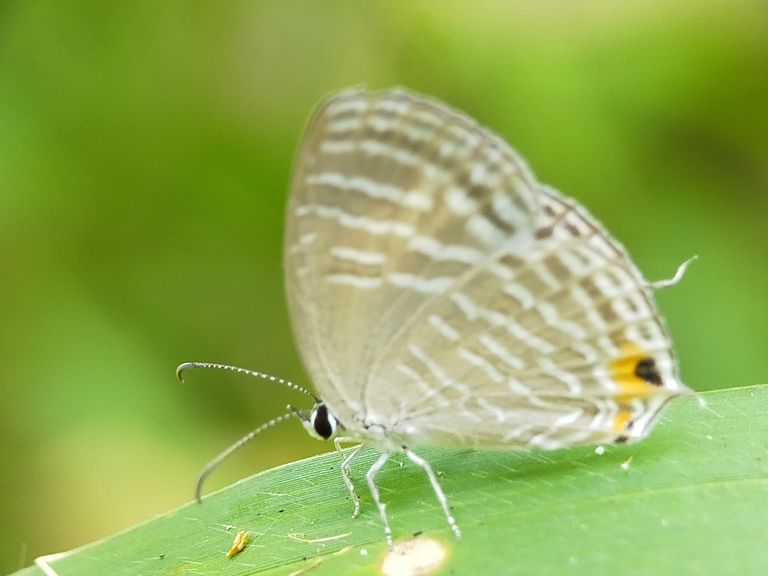
On the upperside, the male is whitish blue on both wings with a dark forewing border up to 1mm wide at the apex, and the female is whiter and with much broader dark borders on both wings. On the underside, the wings are greyish to ochreous brown and marked with whitish striae. The barb-like marking (a characteristic feature of Jamides spp.) in space 1b on the hindwing is rather distinct. As a member of the celeno sub-group, the post-discal band on the forewing is continuous from vein 3 to 7. Each hindwing features a black-centred orange-crowned tornal spot and a white-tipped filamentous tail at the end of vein 2.This species is common and widely distributed in Singapore. They are typically found at the edges of the nature reserves, wastelands and in some gardens, often visiting flowers for nectar. Males have been observed to puddle on wet grounds. Three local host plants have been recorded so far for the Common Caerulean, and records from across the region show that there should be more host plants being utilized locally. Caterpillars of the Common Caeruelan feed on young leaves and inflorescences of the host plant. They are typically found in the company of attending ants. Eggs of the Common Caerulean are laid singly on a young leaf, a leaf bud or a flower bud of the host plant. The small pale green egg is discoid in shape and about 0.7mm in diameter. The surface is covered with a reticulated pattern of intersecting ridges with those on the lateral surface broader and prominent.

The eggs take 2-2.5 days to hatch. The young caterpillar emerges after nibbling away a sufficiently large portion of the egg shell and eating its way out of the dried gelatinous substance. Measured at a length of about 1mm, its pale yellowish body is cylindrical in shape, sporting long fine setae (hairs) dorso-laterally and laterally. It has a black head capsule. The newly hatched feeds on the lamina of a young leaf or a flower bud. As its grows in size, lateral pale brownish bands appear on its body. After about 2-2.5 days of growth and reaching a length of about 2.2mm, the caterpillar moults to the next instar. The 2nd instar caterpillar has numerous short setae, each with a dark-colored base. The body ground color is pale yellowish brown, and pale to dark reddish brown bands and markings adorn the body surface. The prothoracic shield has the same coloration as the body base color and thus is distinctive. Meanwhile, the head capsule has changed its color to yellowish brown. This instar lasts about 2 days with the body length reaching up to 4.5mm. The 3rd instar caterpillar closely resembles the 2nd instar caterpillar in having numerous short and fine setae all over the body, and similar lateral bands/markings. The markings on the dorsum are distinctively whitish at this stage. In some specimens, the lateral bands/markings lose the reddish brown coloration and give the caterpillar a greenish appearance. Both the dorsal nectary organs (on the 7th abdominal segment) and tentacular organs (on the 8th abdominal segment) are now easily observed. The 3rd instar takes 3-3.5 days to complete with the body length reaching about 7.5mm. The 4th (and final) instar caterpillar bears strong resemblance to its former self in the 3rd instar. Again the caterpillar could come in a mostly pale green form or a darker green form with reddish brown markings. The dorsal nectary organ is now easily seen as a paler elliptical patch on the 7th abdominal segment. The yellowish tentacular organs are short but everted rather frequently. After about 6-7 days of growth and reaching a maximum length of around 14mm in the final instar, the body of the caterpillar gradually shrinks and decolorises. The caterpillar typically chooses to enter their pre-pupatory phase in tight pockets of space within leaf litter. At the chosen site, the caterpillar reads itself for pupation by spinning a silk girdle and a silk pad.
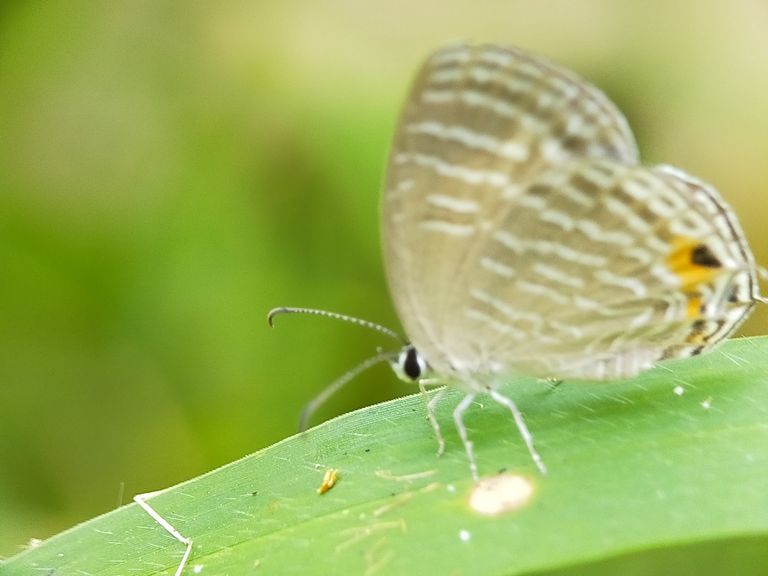
Butterflies and moths (butterflies) are insects that belong to the order Lepidoptera, or 'scale-winged insects' (lepis, scales and pterons, wings). In simple terms, butterflies are distinguished from moths, aka night butterflies, based on active time and physical characteristics. Butterflies are generally active during the day (diurnal), while moths are mostly active at night (nocturnal). Butterflies rest or perch by straightening their wings, moths alight by spreading their wings. Butterflies usually have beautiful brilliant colors, moths tend to be dark, dull or gray. However, these differences always have exceptions, so scientifically they cannot be used as a definite guide. (Van Mastrigt and Rosariyanto, 2005). There are many types of butterflies and moths, more than 600 species of butterflies are recorded on the islands of Java and Bali alone. So far no complete list has been made of the types of moths, but it is suspected that there are hundreds of species (Whitten et al., 1999). Butterflies are also one of the few types of insects that are harmless to humans. Many believe that butterflies have a very short life span. Actually, adult butterflies can live for a week or almost a year depending on the species. Most species go through a relatively long larval stage, and some are able to become dormant while in the pupa or egg stage in order to wade through the winter.
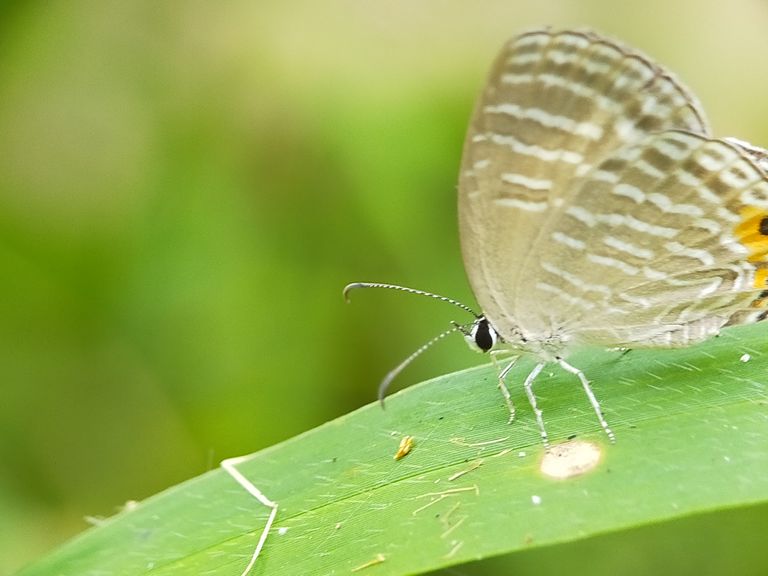
Butterflies can lay eggs once or many times each year. The number of offspring a year differs from the influence of climate, in which butterflies living in the tropics are able to lay eggs more than once a year. Butterfly eggs are protected by a hard shell called the chorion covered with an anti-wax coating that protects the eggs from drying before the larvae have fully developed. Each egg has a fine funnel-shaped pore at one end, a micropyle that allows sperm to enter. join the egg. Different species have different egg sizes, but all butterfly eggs are spherical or ovate in shape. Butterfly eggs are attached to the leaves with a special adhesive that hardens quickly. When it hardens, the material contracts and bends the shape of the egg. This adhesive is easily seen forming the meniscus material that surrounds the sole of each egg. This adhesive is also produced by the pupa to bind the cremaster cells together. This adhesive is so hard that the silk mats that hold each other together cannot be separated. Butterfly eggs are always laid on plants. Each butterfly species has its own range of host plants, either only one species or multiple species. The egg stage lasts several weeks for most butterflies, but eggs released shortly before winter, especially in temperate climates, must go through the diapaus (resting) stage and only hatch in spring. There are other butterfly species that can lay eggs in the spring so the eggs can hatch in the summer.

Butterfly larvae, that is, caterpillars, feed on plant leaves and spend all their time as caterpillars in search of food. Most beluncas are mauns, but there are a few species such as Spalgis epius and Liphyra brassolis which feed on insects. Some larvae, especially those belonging to the Lycaenidae, establish mutually beneficial relationships with ants. Beluncas communicate with ants by using vibrations emitted through the substrate in addition to absorbing chemical signals. The ants more or less protect these larvae; in return, the larvae help the ants collect honey seeps. Beluncas grow through a series of stages called instars. Toward the end of each instar, the larva undergoes a process called apolysis, in which the cuticle, which is a hard outer layer made of a mixture of chitin and specialized proteins, is removed from the soft epidermis beneath, and the epidermis forms a new cuticle beneath. At the end of each instar, the larva sheds its old skin, then a new skin develops which hardens and produces pigment rapidly. This process of copying skins can take days. The butterfly flap pattern begins to develop on the calf body towards the last instar. Butterfly caterpillars have three pairs of fixed legs on the thoracic segment and no more than six pairs of prolegs that grow on the abdominal segment. On this profoot there are bracelets of fine hooks, namely krisye which help the crabs grip the substrate.
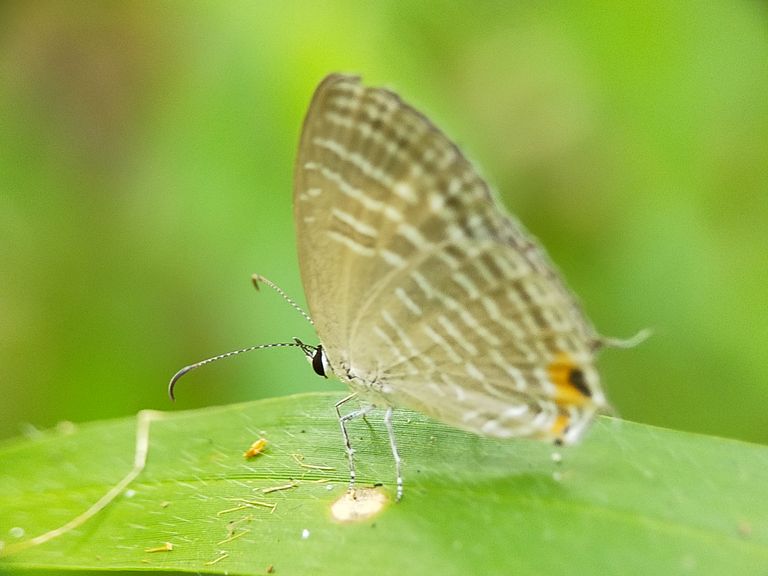
Some caterpillars can inflate their heads to look like snakes as a defensive measure. There are also equipped with false eyes to make it more efficient. Some beluncas have a special structure with an osmeterium which has a buttock to absorb decaying chemicals for defensive purposes as well. Housing plants often contain toxic substances in them which the belucas can separate to store until they mature so they are unsightly from being eaten by birds and similar predators. This unpleasantness is shown by the warning colors red, orange, black or white, in a custom known as aposematism. Toxic substances in plants are often specially developed to protect plants from being eaten by insects. However, insects have managed to develop countermeasures or utilize these toxins for self-sufficiency. This "arms race" has fueled the co-evolution of both insects and the plant hosts they contain. While many people love the beautiful butterfly, few people don't feel disgust at the caterpillar, even though they are the same creature. All types of butterflies and moths go through life stages as eggs, caterpillars, cocoons, and finally metamorphose into butterflies or moths. Butterflies generally live by sucking flower nectar (nectar/flower juice). However, some types like liquid sucked from fruits that fall on the ground and rot, carrion, bird droppings, and wet soil. Unlike butterflies, caterpillars live mainly by eating leaves. These caterpillars are very greedy, but generally each type of caterpillar specializes in eating the leaves of certain types of plants. So that the presence of a type of butterfly in a place is also determined by the availability of plants that become the hosts of the caterpillars.
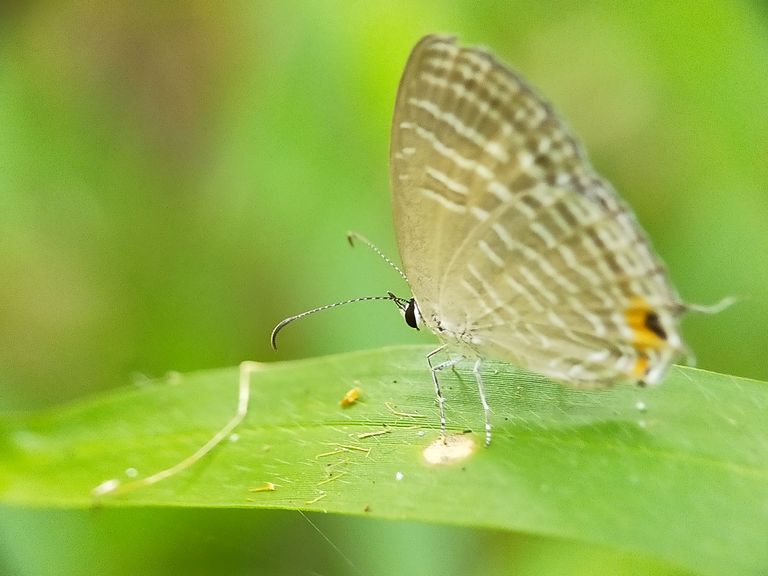

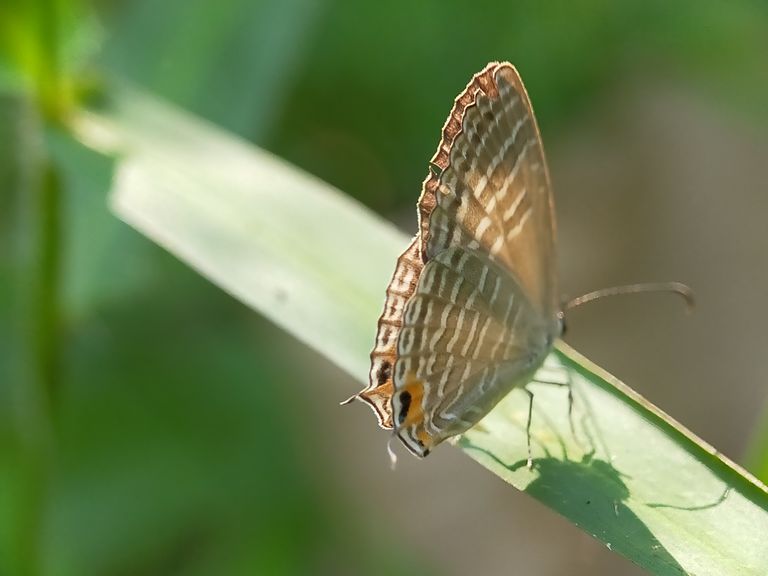
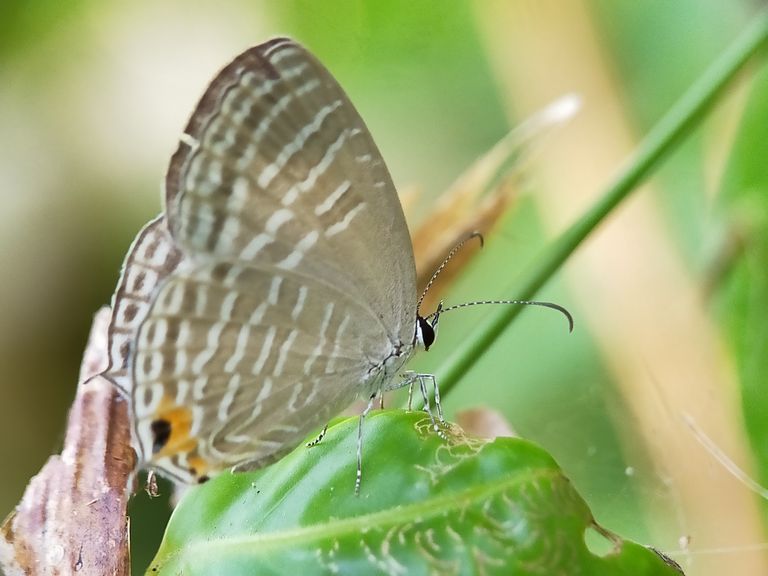
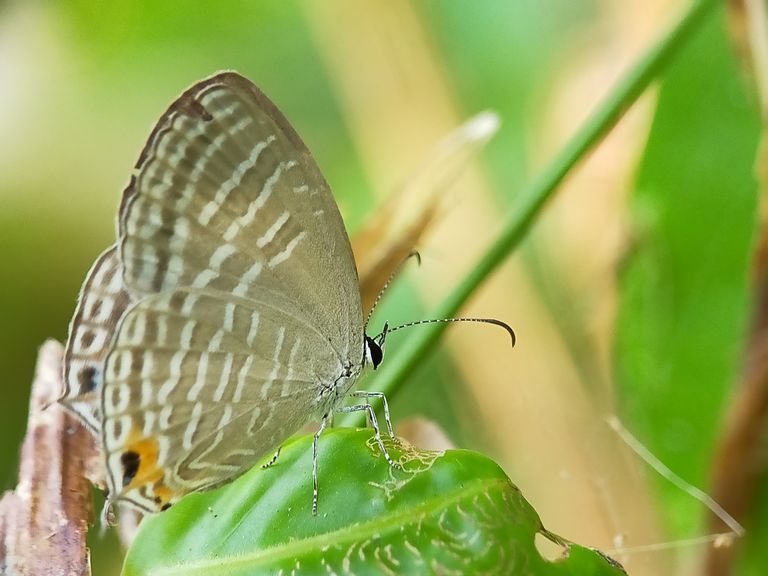



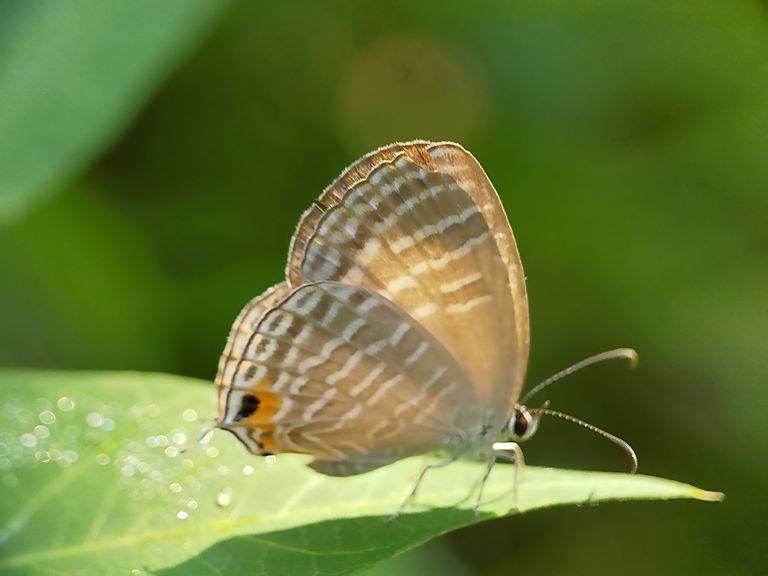

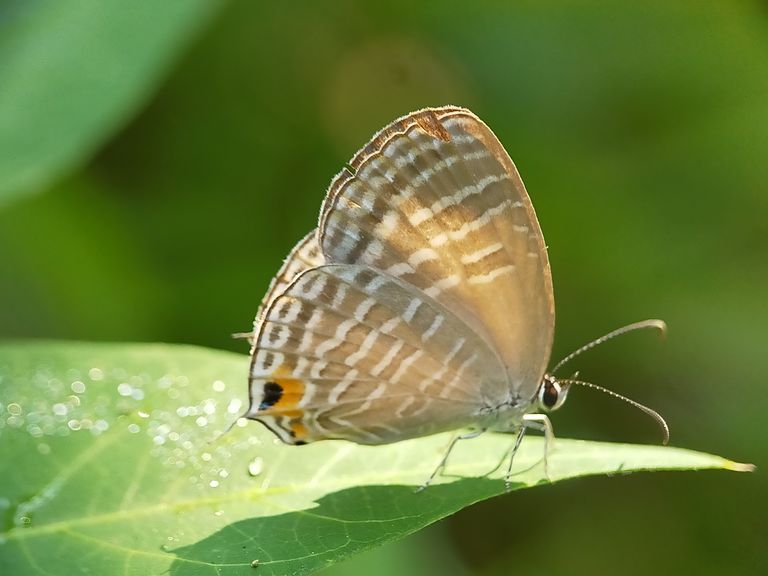
This is all I can say more and less I apologize, hopefully it will be useful for me, and hopefully it will be useful for all readers in general, thank you for visiting my blog, don't forget to follow and vote for my posts. , and one more thing, don't forget to share this post with other friends.
Thank you for visiting my blog, don't forget to follow and vote for me to post, and others don't forget to share this post with other friends.
Greetings to all on Blurtter....
** Your post has been upvoted (3.75 %) **
Curation Trail is Open!
Join Trail Here
Delegate more BP for bigger Upvote + Daily BLURT 😉
Delegate BP Here
Upvote
https://blurtblock.herokuapp.com/blurt/upvote
Thank you 🙂 @tomoyan
Congratulations, your post has been curated by @r2cornell, a curating account for @R2cornell's Discord Community.
Thank you very much for the visit and support from the @r2cornell team, I hope that the visit will increase your enthusiasm for writing